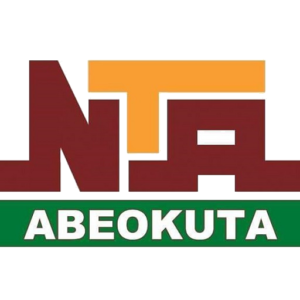
D. Tawfiq Al-Sibai
Managing a multi-generational workforce is no longer just a matter of diversification; Rather, it has become an equation of performance and organizational harmony in which professional values intersect with technological and labor market transformations. Today, four main age groups work under one roof: the baby boom generation (1946-1964), which tends toward stability, hierarchy, and direct communication; Generation In this fabric, designing the experience becomes more important than designing the structure: how do we enable each generation to achieve in their own way without fracturing the unity of the team. This is confirmed by human capital trends: Work is no longer one place or one mold; Rather, it is a flexible system that transcends the traditional boundaries between function, time and place.
Managing this diversity begins with a practical definition of what distinguishes each generation in performance and communication. The boomer generation is good at completing pending tasks and closing follow-up points through physical meetings, and they value clarity of roles and years of experience. Generation X embodies the bridge between the old and new schools, balancing independence and accountability. Millennials master digital collaboration tools and value work for the meaning and development opportunities it provides. Generation Z reads the organization through the lens of belonging, justice, speed, and experience. To the extent that policies are formulated in the form of “one size”; Behavioral gaps widen and expectations become more distorted. Therefore, Deloitte calls for engineering “microcultures” within the organization. It takes into account differences in teams, jobs, and age groups, as a driver of performance.
Gallup’s latest analysis shows that the picture is not linear; Generation Z is the generation that least prefers to work “fully remotely.” Only 23% of workers who are able to work remotely prefer it, with a greater inclination towards hybrid modes that ensure richer social learning, while many millennials cling to flexibility as a non-negotiable element. These differences should not be read as a struggle over place, but rather as a search for a work rhythm that suits every stage and responsibility. Smart hybrid policies, such as coordinating attendance days at the team level and linking tasks that require implicit learning (Tacit) to attendance; It reduces the isolation gap and increases the effectiveness of transferring experience between generations.
The American Society for Human Resource Management (SHRM) confirms that varying communication styles not only lead to misunderstanding, but may also deepen feelings of isolation if not managed consciously. Especially among new entrants to the labor market who missed the experiences of physical interaction. Therefore, developing cross-generational skills is an organizational necessity: such as adopting clear brevity in digital messages, redesigning meetings and preparation, and activating “reverse mentoring” in addition to expert mentoring. This ensures the exchange of digital and implicit experience, reduces gaps, and enhances team cohesion.
From an analytical perspective, a multi-generational workforce is managed with a simple, profound logic: we start with commonalities, then tailor to specific needs. The common denominators are conscious flexibility, meaningful work, and real opportunities for skills growth.
Then comes the precise fit through organized programs for knowledge transfer and digital empowerment for the older ones, and paths of increasing responsibilities and early involvement in decisions for the younger ones. Then age diversity becomes a combined advantage: cumulative experience that controls quality, digital skill that accelerates innovation, and leadership that listens to the differences and coordinates the rhythm. This is the essence of performance, when it transcends rigid frameworks; An institution that masters the management of “latent time” between its generations. It becomes more balanced and capable of adapting and growing, making diversity a resource, and transforming the succession of generations into a sustainable learning system.





